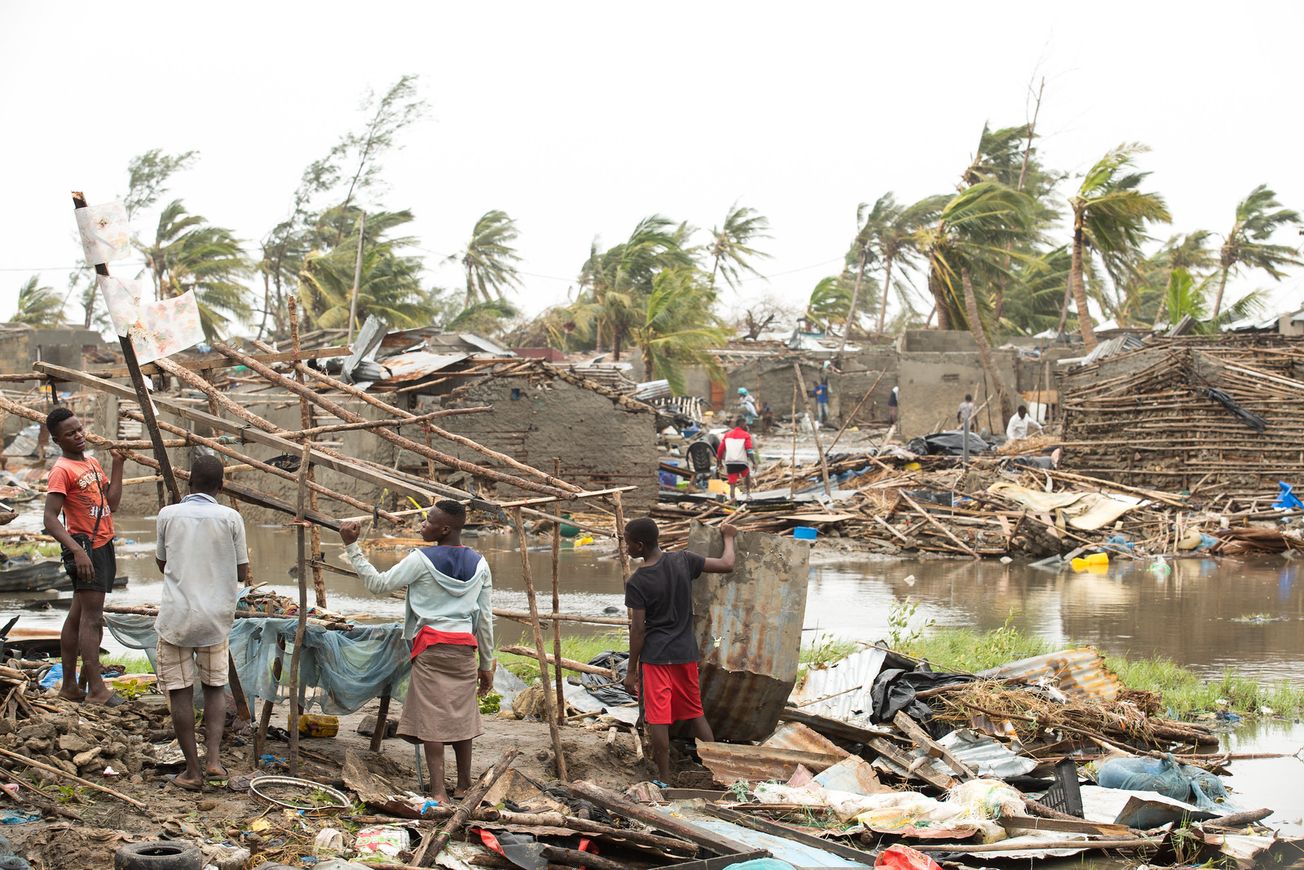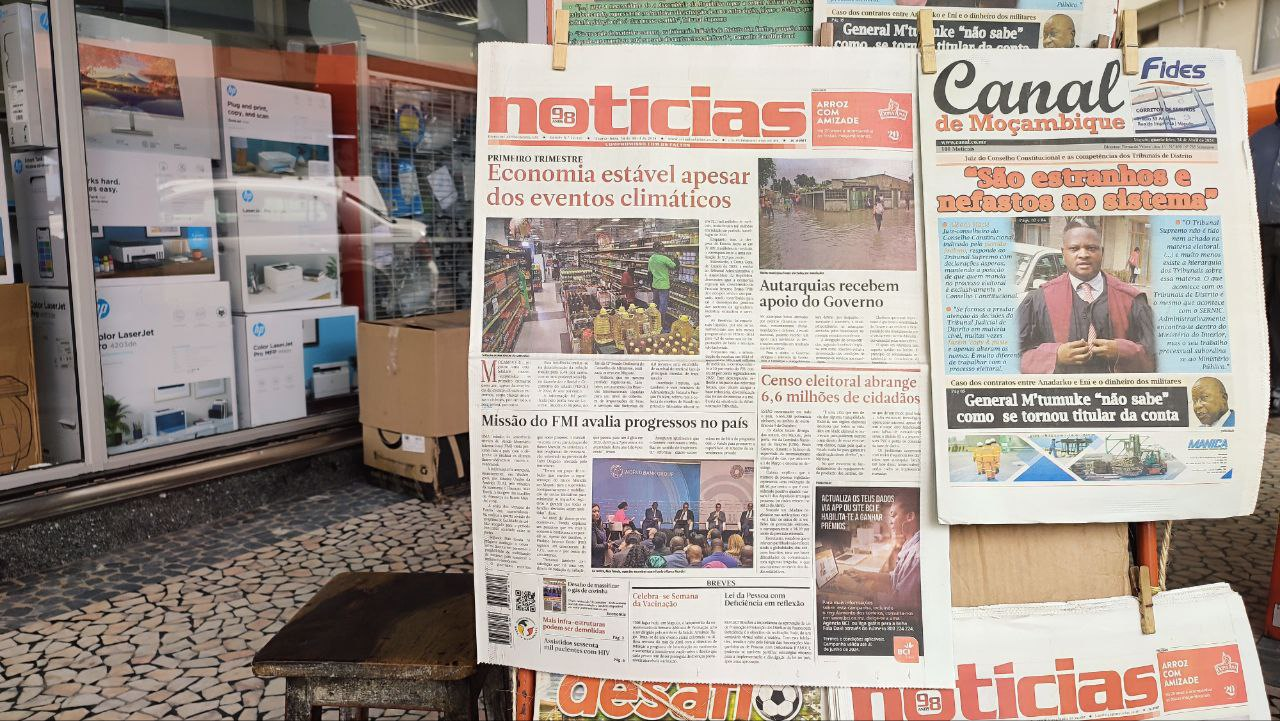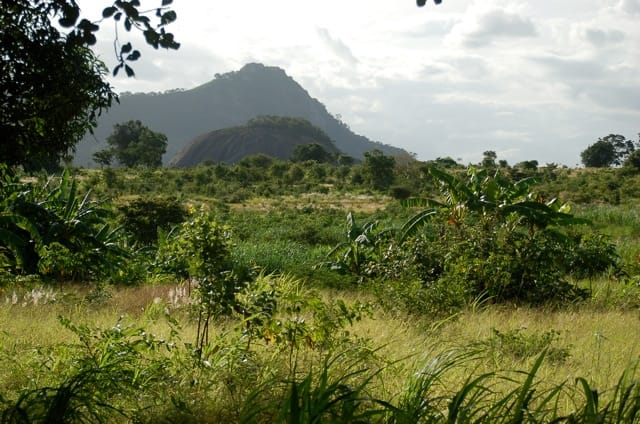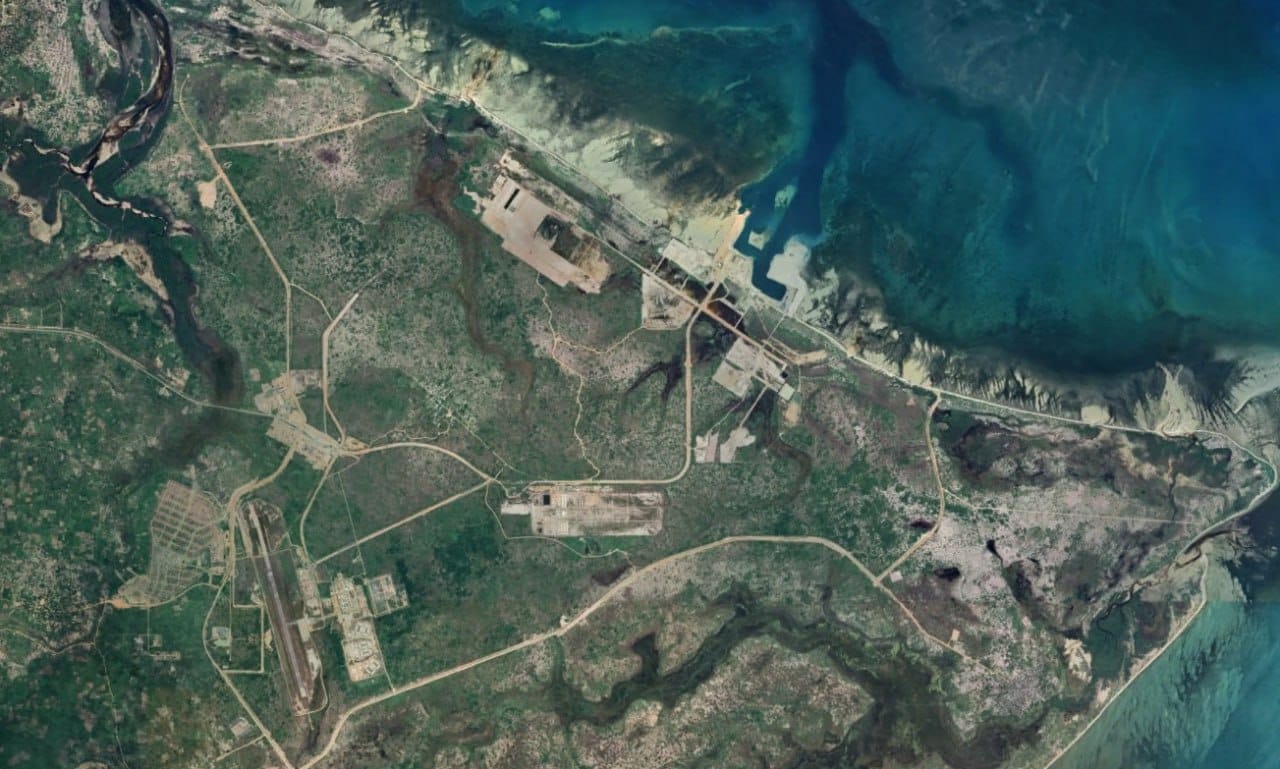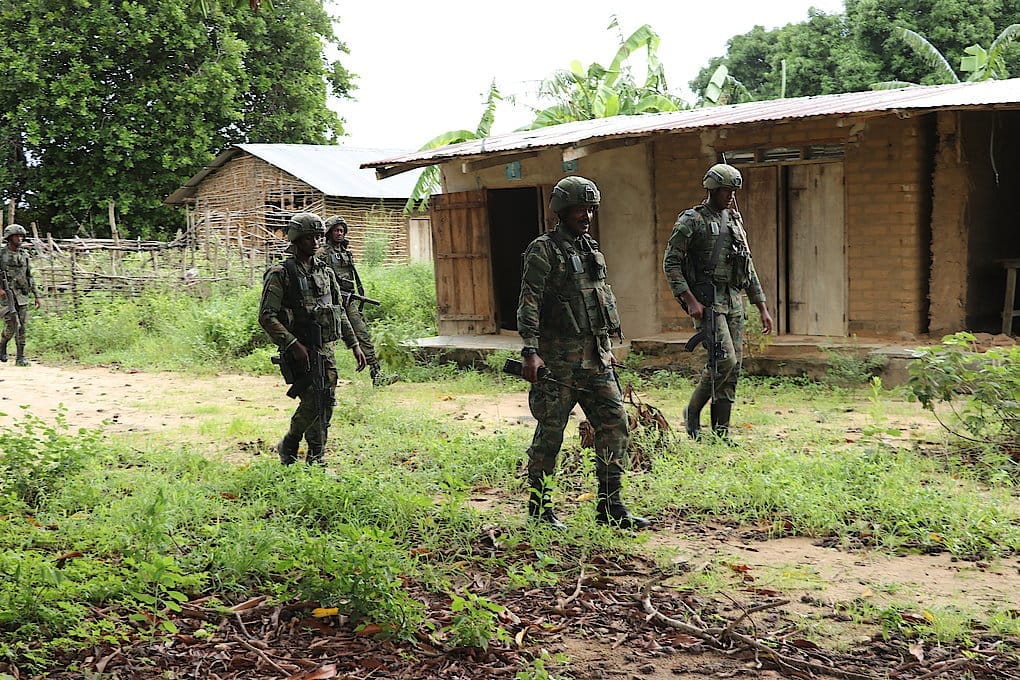Mozambique is responsible for just 0.02% of the world’s carbon dioxide emissions. Despite its small contribution to global warming, the country is projected to experience some of the worst impacts of climate change. It is the third most vulnerable country to disaster risk in Africa, according to a United Nations global assessment report. It’s also the 13th least ready country for the effects of climate change.
What are the climate risks in Mozambique?
Mozambique is already highly exposed to extreme weather events. In the last 35 years, the country has experienced 75 declared disasters: 13 droughts, 25 floods, 14 tropical cyclones and 23 epidemics.
In future years, the frequency of droughts, which currently occur every three to four years in Mozambique, could increase as a result of rising temperatures. Average temperatures in Mozambique have increased 1.5-2C between 1961 and 2010. Climate models forecast that average temperatures will rise by 1C again in the next 20 years. The number of days where the temperature exceeds 35C is also projected to increase.
As well as increased heat risks, climate change could cause an increase in rainfall and extreme weather events in Mozambique. Cyclones already pose a threat to lives and livelihoods in the country. Cyclone Freddy, which struck Mozambique in February and March 2023, was the longest-lasting tropical cyclone ever recorded worldwide, lasting 37 days. It was also the third-deadliest tropical cyclone ever recorded in the Southern Hemisphere.
Extreme weather events like cyclones have a significant impact on Mozambique’s economy, especially in the agriculture sector, which employs roughly 75% of Mozambique’s workforce. The World Food Programme estimates that around 215,000 hectares of crops were flooded in Cyclone Freddy. In March 2022, Cyclone Gombe, which swept along Mozambique’s coastline and through the provinces of Nampula and Zambezia, displaced 130,000 people and destroyed 91,177 hectares of crops, according to the United Nations High Commission for Refugees. Cyclone Idai in 2019 caused $1.4bn in total damage (temporary or reversible harm) and $1.39bn in losses (permanent and irreversible harm).
Why is Mozambique so vulnerable to climate change?
Mozambique lies in the Intertropical Convergence Belt, an area where humidity and precipitation can quickly shift. Weather events are influenced by El Niño and La Niña, two opposing weather phenomena. El Niño is used to describe a rise in sea temperatures in the Pacific and can cause low rainfall, leading to drought. La Niña is characterised by a drop in sea surface temperatures in the Pacific and is linked to an increase in cyclones and rainfall.
The country’s lengthy coastline also increases climate risks. More than 60% of the population live in low-lying coastal areas. There are also nine major river basins in Mozambique which are prone to flooding, including the Zambezi river basin, the Rovuma river basin and the Maputo river basin.
How is Mozambique adapting to climate change?
According to the World Bank, climate change is expected to cause economic damages of up to $7.4bn between 2003 and 2050.
Early warning systems could help communities evacuate ahead of extreme weather events. Some systems, which alert community teams via text messages, are already in place. However, a lack of trained users and debt to the provider meant that the system failed to alert people during Cyclone Idai.
The AfDB has invested over $100 million in climate adaptation projects in southern Mozambique, including introducing alternative crops and implementing sustainable water harvesting.
There have been new infrastructure projects to reduce flooding in cities, including a $120m project to restore Beira’s stormwater drainage system, in part financed by the World Bank. In 2019, the World Bank also approved $90 million in funding to support the implementation of Mozambique’s second Disaster Risk Management Master Plan.
Mozambique’s adaptation projects are short of money. Earlier in October, the governor of the Bank of Mozambique, Rogério Zandamela, called for greater financing to help Mozambique cope with climate impacts at the annual meeting of the International Monetary Fund and World Bank in Marrakech, Morocco.
Some countries have already committed funds – for instance, in 2022, at COP27, Belgium pledged €2.5m ($2.66m) to combat loss and damage caused by climate change in Mozambique from 2023 to 2028.
Is Mozambique attending COP28?
Mozambique will present its climate change adaptation plan at the United Nations’ COP28 climate change conference, according to environment minister Ivete Maibaze. The plans will include a scheme to conserve the Miombo and greater Zambezi forest.
Mozambique is also seeking to secure an energy transition pact with wealthy countries at COP28 this year, according to Bloomberg.

